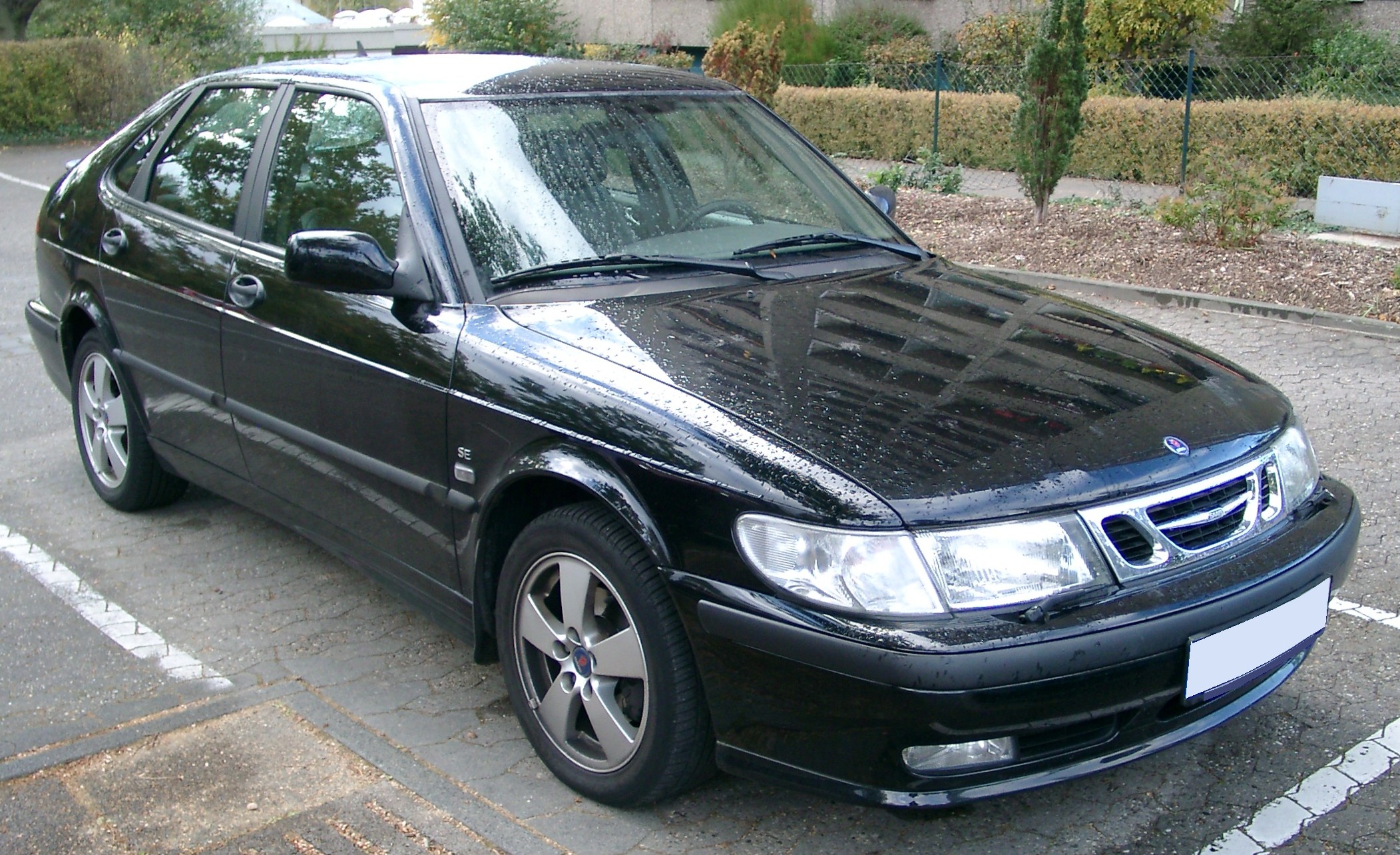Contents
* 1 Company history
o 1.1 Svenska Aeroplan AB (1948–1969)
o 1.2 Saab-Scania (1969–1989)
o 1.3 General Motors ownership (1989–2010)
o 1.4 Sale to Spyker (2010)
* 2 Production
* 3 Models
o 3.1 Current models
o 3.2 Future models
o 3.3 Historical models
o 3.4 Concepts and prototypes
* 4 Innovations
* 5 Safety
* 6 Endurance records
* 7 Marketing and ownership
o 7.1 Ownership and brand loyalty
o 7.2 Slogans
* 8 Literature and the arts
* 9 See also
* 10 References
* 11 External links
Company history
92001
Saab was originally a division of Svenska Aeroplan Aktiebolaget (English: Swedish Airplane Limited), which had been created in 1937 in Linköping. The company had been established in 1937 for the express purpose of building aircraft for the Swedish Air Force to protect the country’s neutrality as Europe moved closer to war. As the war drew towards a close and the market for fighter planes evaporated, the company began looking for new markets in which to diversify.
Svenska Aeroplan AB (1948–1969)
Saab 92
Saab 93B
Saab 96
Saab 99
In 1944, Project 92 began, with the goal of creating the first Saab passenger car. The result, the Saab 92001 (or Ursaab), was unveiled three years later, with a design that highlighted the company’s roots in aviation. Notably, the car’s drag coefficient of 0.30 was the lowest of any production car of the time.
Three years into Project 92, a company site in Trollhättan was converted to allow automobile assembly and the project moved there. The company has remained headquartered there since.
In 1949, Saab was ready to bring the car to market, and the Saab 92 went into production, selling 20,000 examples through the mid-1950s.
The 92 was thoroughly redesigned and reengineered in 1955, and accordingly was renamed the Saab 93. The car’s engine gained a cylinder, going from two to three and its front fascia became the first to sport the first incarnation of Saab’s trademark trapezoidal radiator grill. A wagon variant, the Saab 95, was added in 1959.
The decade also saw Saab’s first foray into performance motoring with the Saab 94, the first of the four Saab Sonetts.
1960 saw the third major revision to the 92’s platform in the Saab 96. The 96 was an important model for Saab: it was the first Saab to be widely exported out of Sweden. It proved very popular, selling nearly 550,000 examples.
Even more important to the company’s fortunes was 1968’s Saab 99. The 99 was the first all-new Saab in 19 years, and unlike its predecessors, severed all ties with the 92. The 99 had many innovations and features that would come to define Saabs for decades: wraparound windscreen, self-repairing bumpers, headlamp washers and side-impact door beams.
The design by Sixten Sason was no less revolutionary than the underlying technology, and elements like the Saab “hockey stick” profile graphic continue to influence Saab design.
 saab cars
saab cars saab cars
saab cars saab cars
saab cars saab cars
saab cars saab cars
saab cars saab cars
saab cars saab cars
saab cars saab cars
saab cars saab cars
saab cars saab cars
saab cars saab cars
saab cars saab cars
saab cars saab cars
saab cars saab cars
saab cars saab cars
saab cars

No comments:
Post a Comment